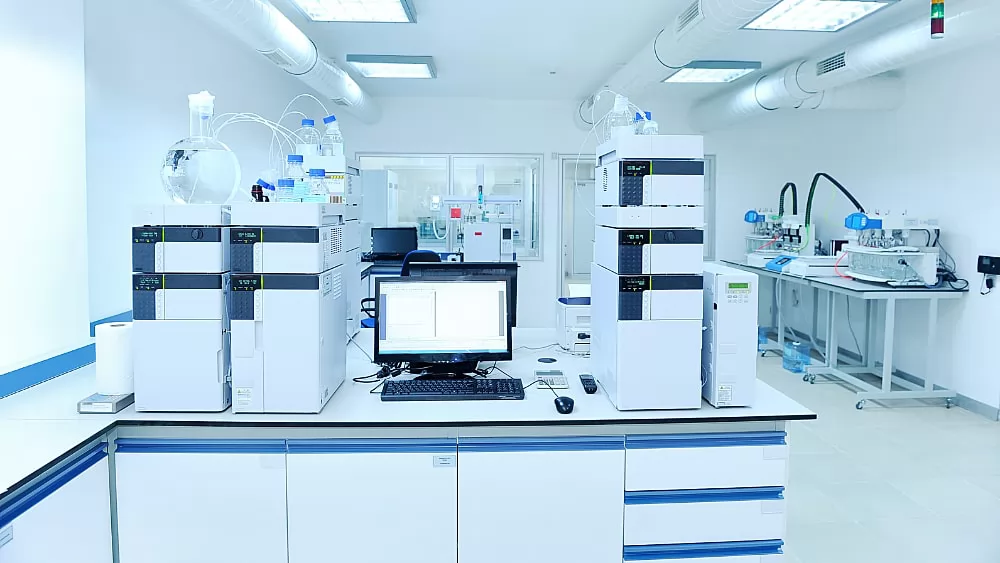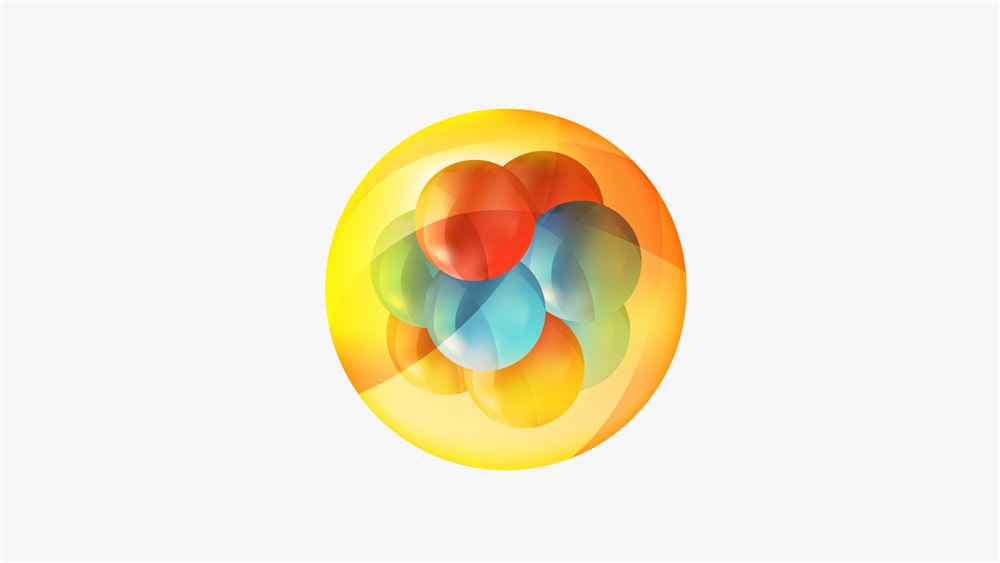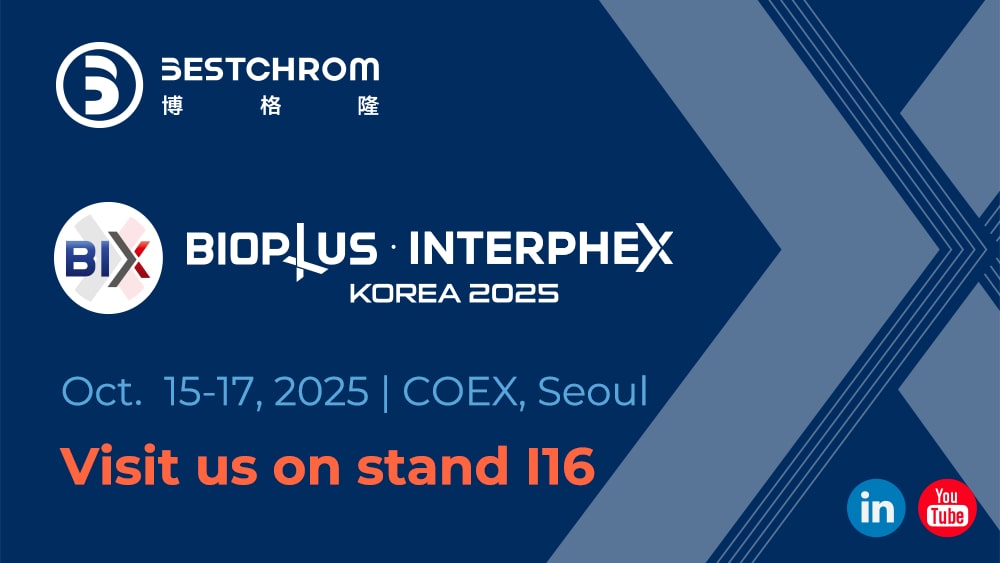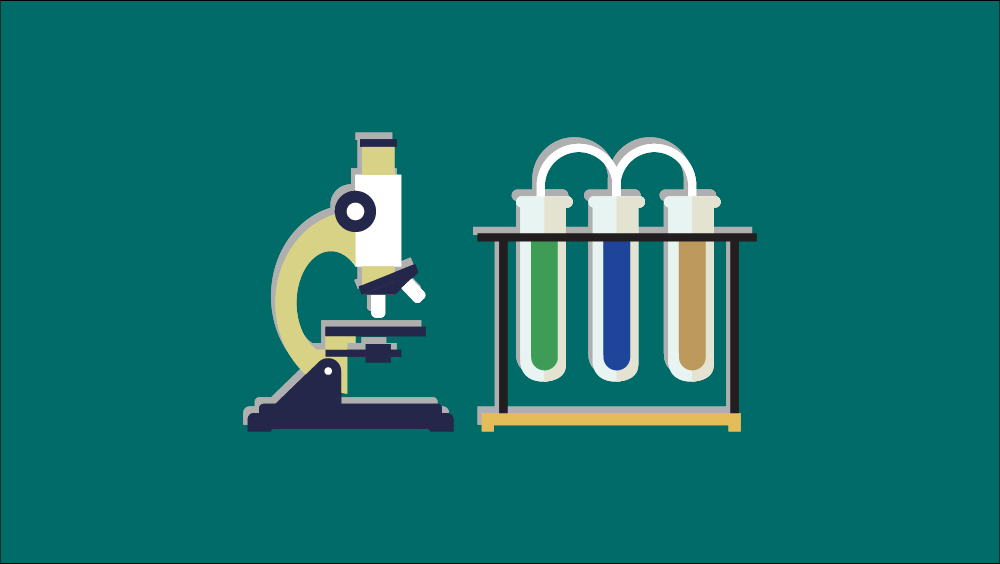Method of aggregate removal in antibody downstream purification

In the quest for effective downstream purification, various strategies emerge, encompassing protein engineering, process optimization, and choice of reagents. Notably, affinity chromatography, ion exchange chromatography (IEX), hydrophobic interaction chromatography (HIC), and mixed-mode chromatography offer tailored approaches.
Article directory
Aggregates
Antibody aggregates can form in the whole production process. Since the aggregates will negatively impact bioactivity of proteins and directly impair the quality, safety as well as efficacy of biological products, aggregates proportion therefore serves as a vital parameter in quality evaluation.
Aggregation in purification process
Protein purification involves various separation stages and methods based on different separation principles. During the process, protein will go through condition changes including wider pH range, ionic strength variation and protein concentration alteration as well as the shear force caused by mechanic press in the contact of different resin materials, all these factors will contribute to the aggregation of proteins.
Approach in the aggregates downstream purification
Many approaches can be employed to lower the aggregates level in antibody purification process. Examples of such approaches can be found in protein engineering, expression system selection, downstream purification process adoption and optimization, as well as the selection of reagents and buffer solutions, among which, downstream purification process serves as an effective approach in the removal of aggregates.
Affinity chromatography
Protein A affinity chromatography is widely applied in the capture step of antibody purification. However, aggregates and monomers can strongly bind with Protein A (aggregates enjoys stronger binding than monomer), which means it is not possible to achieve effective separation by simple adjusting pH elution. Meanwhile, affinity elution at low pH value will cause structural alteration of proteins, triggering the aggregation of proteins.
Thus, it is recommended to add CaCl2/polyethylene glycol (PEG) or NaCl/ polyethylene glycol (PEG) to elution buffer to significantly lower the proportion of aggregates in eluted sample since synergy between salt and PEG can promote effective separation of monomer and aggregates. Alternatively, it is helpful to perform separation at low temperature condition, which can mitigate the formation of aggregates and therefore ease the burden on the following polishing stage.
Learn more: what are affinity resins
IEX chromatography
CEX is generally more common in the removal of dimer and other more complicated polymer aggregates. In the binding-elution mode, aggregates enjoy stronger binding than monomer. However, monomers and aggregates have low selectivity between each other, which often causes the elution of aggregates peak as peak shoulder of monomer. It is recommended to add PEG in mobile phase to improve selectivity between monomer and aggregates.
Compared with weak CEX resins, strong CEX resins enjoys stronger binding capacity due to wider operational pH range. In addition, higher salinity is required for elution and will therefore reduce selectivity of aggregates removal. As a result, weak CEX resin can work more effectively in the removal of aggregates and other impurities.
Purification of antibody with AEX is usually achieved in the flow-through mode, which is specifically good at removal of DNA and viruses. However, with the optimization on sample loading volume, as well as pH and ionic density of buffer, AEX can also be an effective tool in the removal of aggregates, especially for polymers.
Hydrophobic interaction chromatography (HIC)
HIC can work very effectively in the removal of aggregates. Since aggregates often enjoy better hydrophobicity than monomers, it is possible for resin to only bind with aggregates and other impurities, leaving monomers flow through when choosing appropriate sample loading condition and ligands.
Learn more: what are hydrophobic interaction resins?
Mixed-mode chromatography
In addition to ionic interaction, mixed-mode chromatography also possesses hydrophobic interaction and hydrogen-bond interaction, providing more flexible solution for the removal of aggregates. As one weak CEX mixed-mode resin, Diamond MMC Mustang has smaller beads and lower ligand concentration compared with Diamond MMC, leading to better selectivity.
Diamond MIX-A is a strong AEX mixed-mode resin. Generally speaking, high pH, high conductance and relatively low sample loading volume can more effectively remove the aggregates. Due to the hydrophobicity of mixed-mode chromatography, it is also possible to reduce elution volume via arginine elution. Alternatively, improve selectivity by adding 2% PEG to elution buffer.
Learn more: what is mix-mode resin?
Conclusion
Aggregates is potential immunogen. It is of paramount importance to keep aggregates level at a relatively low level. In the downstream purification process, it is possible to minimize the formation of aggregates and boost the effectiveness of aggregates to the highest extent possible via assessment of factors including resin type, sample type, sample loading volume, gradient slope and elution buffer pH.









.png)


